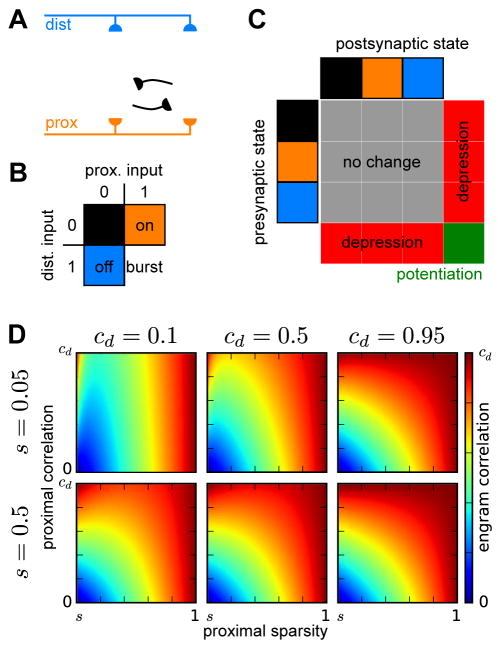Figure 2. Memory encoding in an attractor network of two-compartment neurons.
(A) Model architecture. Two-compartment model neurons receive external inputs to their distal and proximal compartments and recurrent connections to their proximal compartments.
(B) Nonlinear integration rule. Neurons receiving receiving suprathreshold proximal input are active, and those that additionally receive suprathreshold distal input enter a burst-firing state that engages plasticity mechanisms. (C) Dependence of synaptic plasticity on the combined inputs to presynaptic and postsynaptic neurons. Synapses between burst-firing neurons undergo potentiation, while synapses between burst-firing neurons and non-burst-firing neurons undergo depression.
(D) Correlation between engrams created through integration of correlated distal input patterns and less correlated proximal input patterns. Each plot, corresponding to a different pair of values for the total sparsity (s) and correlation between distal activations (cd), shows how the correlation between engrams, ranging from 0 to cd, depends on the proximal sparsity, ranging from s to 1, and the correlation between proximal activations, ranging from 0 to cd.

